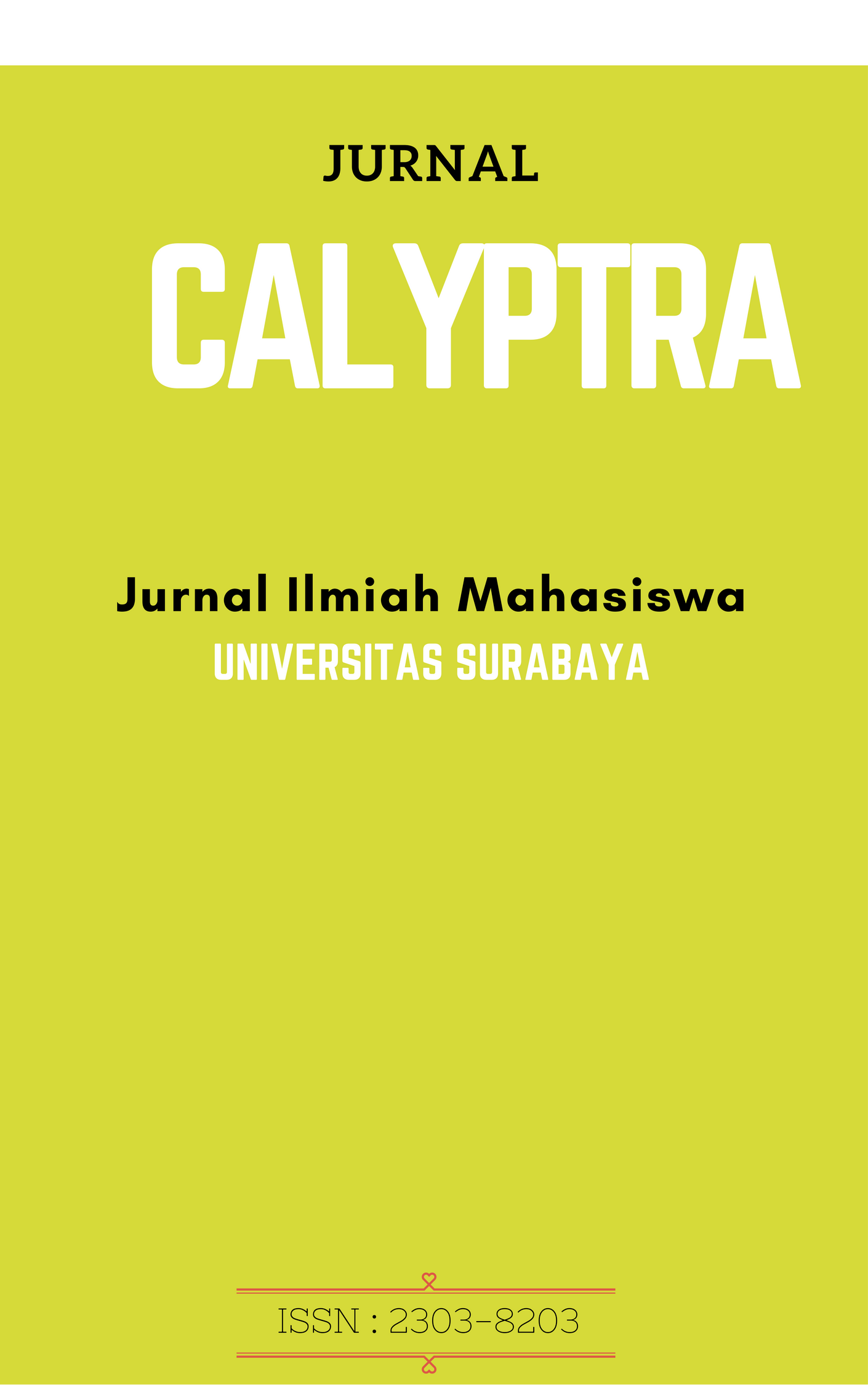PERANCANGAN DESAIN SEPEDA BARU BAGI PELAJAR
 Abstract Views:
128 times
Abstract Views:
128 times
 PDF - FULL TEXT Downloads:
195 times
PDF - FULL TEXT Downloads:
195 times
Abstract
Abstrak - Sepeda merupakan salah satu sarana transportasi yang telah ada sejak abad ke-18, namun dengan seiring berkembangnya teknologi, muncullah kendaraan bermotor yang lebih nyaman, cepat dan praktis. Sehingga para pelajar dengan usia yang belum cukup untuk mengendarai kendaraan tersebut lebih tertarik untuk menggunakannya. Perancangan desain sepeda baru bagi pelajar sendiri bertujuan untuk memberikan sebuah solusi bagi pelajar dibawah umur agar tidak terburu – buru untuk ingin menggunakan kendaraan bermotor ke sekolah dan memberikan pilihan sarana transportasi yang sesuai dengan usia para pelajar. Metode penelitian yang digunakan adalah metode kualitatif, diamana penulis menggunakan in depth interview, observasi, dan studi aktivitas. In depth interview dilakukan dengan tiga orang ahli desain produk (sepeda), delapan pelajar sekolah menengah pertama, dan satu orang sales advisor roda link. Observasi dilakukan untuk mendapatkan data jumlah siswa, pengguna kendaraan bermotor, serta studi aktivitas dilakukan untuk mengetahui apa saja yang dilakukan oleh pelajar sehari – hari. Dari perancangan ini akan menghasilkan sebuah produk sepeda sebagai sarana transportasi yang akan digunakan para pelajar.
Kata kunci: Sepeda, Pelajar dan Transportasi
Abstract - Bicycle is one of common transportation which has already exist since 18th century, however, as the development of technology, a-much-comfy-yet-fastand-practical motorcycle has been created for underage student and it makes them more interest to use it. The aims for the design itself are to give solution for underage student to not be in a hurry to use motorcycle, also to give the choice of transportation which is fit them. The research method are qualitative method where the writer use in depth interview, observation, and activities study. In depth interview carried three product design experts (bicycle), eight high school students, and one rodalink’s sales advisor. Besides, the goal of this observation is to get total students, user of motorcycle and also the activities study that have a goal to know what is the student’s daily activities. This design bring in a brand new bicycle as a daily transportation for students.
Keywords: Bicycle, Students, and Transportation
Downloads
References
Kasali, R. 1998. Membidik Pasar Indonesia. Jakarta: Gramedia Grasindo.
Kurniawan, A. (2011, Januari 12). 72 Persen Keluarga Indonesia Pengguna Sepeda Motor. Retrieved from scribd.com: http://www.scribd.com/doc/256928259/72-Persen-Keluarga-IndonesiaPengguna-Sepeda-Motor-Kompas#scribd
Kuswaraharja, D. (2014, November 23). 4 Alasan Orang Tua Biarkan Anak Bawa Motor ke Sekolah. Retrieved from detikoto: http://oto.detik.com/otofokus/read/2014/10/23/101132/2727349/1208/
Nasional, D. P. (2008). Kamus Besar Bahasa Indonesia Pusat Bahasa 'Edisi Keempat'. Jakarta: Gramedia
Neuss, Juliane. (2007) Bike Ergonomis for All People.
Palgunadi, B. 2008. Disain Produk 2 : Analisis dan Konsep Disain. Bandung : ITB
Palgunadi, B. 2008. Disain Produk 3: Aspek - Aspek Disain. Bandung : ITB
Palgunadi, B. 2008. Disain Produk 4: Membuat Rencana. Bandung : ITB
Panero, J. 1979. Human Dimension an Interior Space. Jakarta : Erlangga.
Pangemanan, H. (2013, Januari 21). Rantai atau Drive Belt, Mana Yang Lebih Baik. Retrieved from goesbike.com: http://www.goesbike.com/articles/2199/1/Rantai-atau-drive-belt-manayang-lebih-baik.html#.VKn5RCuUfL8
Pheasant, S. 1999. Bodyspace ‘second edition’. Philadelphia : Taylor & Francis.Inc.
Richard, S. 2014. Sepeda Hybrid 16 Inch Dengan Sistem Portabel, Surabaya.
Setianingsih, Y. (2011, Februari 27). Pengguna Sepeda di Kota Bandung Dapat Asuransi. Retrieved from inilah.com: http://bola.inilah.com/read/detail/1274652/URLTEENAGE
Wiyancoko, D. (2010). Desain Sepeda Indonesia. Jakarta: Kepustakaan Populer Gramedia.
- Articles published in CALYPTRA are licensed under a Creative Commons Attribution-ShareAlike 4.0 International license. You are free to copy, transform, or redistribute articles for any lawful purpose in any medium, provided you give appropriate credit to the original author(s) and the journal, link to the license, indicate if changes were made, and redistribute any derivative work under the same license.
- Copyright on articles is retained by the respective author(s), without restrictions. A non-exclusive license is granted to CALYPTRA to publish the article and identify itself as its original publisher, along with the commercial right to include the article in a hardcopy issue for sale to libraries and individuals.
- By publishing in CALYPTRA, authors grant any third party the right to use their article to the extent provided by the Creative Commons Attribution-ShareAlike 4.0 International license.



